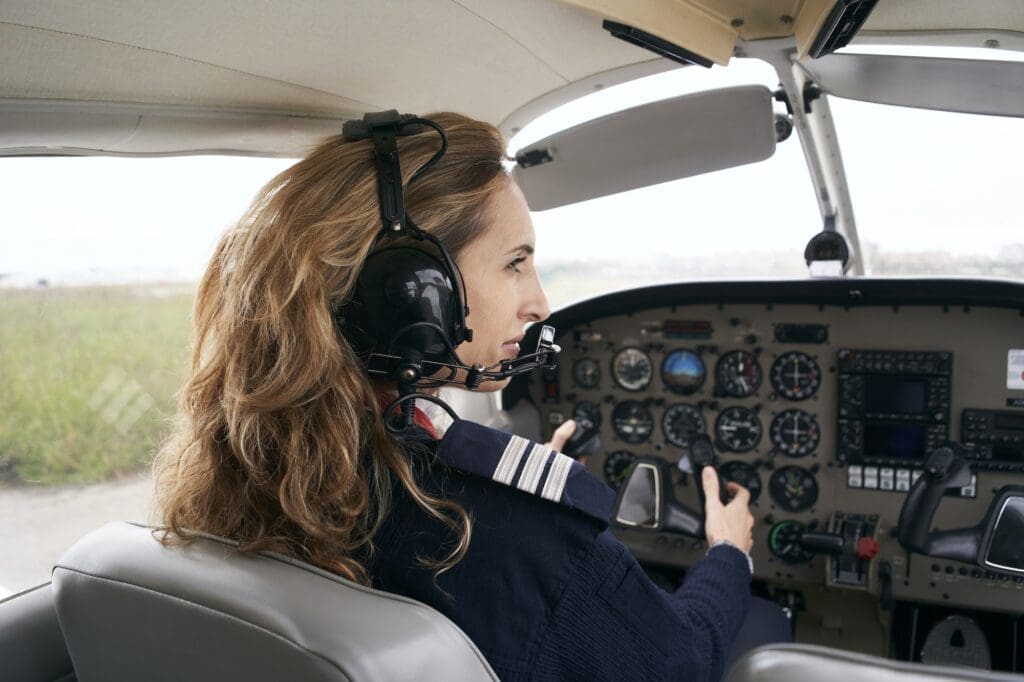The Growing Concern of Pilot Shortage
As the global demand for air travel continues to soar, the industry finds itself grappling with a dwindling pool of experienced aviators. The pilot shortage has been discussed ad nauseam in the news as of late, especially during the covid years when there was a particular crunch. Still to this day it’s not uncommon to find articles highlighting the issue and trying to put blame on many different factors, ranging from Corona virus slowdowns, early retirements, and a lack of industry diversity. While some of these may be legitimate issues, the truth is that they are missing the point. It was already known far beforehand that many pilots would retire, and that Covid had sped this up. The question is why did no one do anything to prevent the pilot shortage? The answer is that there really wasn’t much to be done. The reason being, a rather hastily rule created by congress that’s gotten little mentioned by the press: The 1,500 hour rule.
The 1,500-Hour Rule: A Hastily Created Regulation
The 1,500-hour rule, also known as part 61.160 of the Federal Code of Regulations, was introduced in the aftermath of the Colgan Air Flight 3407 tragedy in 2009. Despite the accident being largely attributed to pilot rest and attentiveness, the rule was designed to enhance pilot qualifications and safety. It mandates that first officers must accrue a minimum of 1,500 flight hours and hold an Airline Transport Pilot (ATP) certificate before flying for U.S. Part 121 airlines (regional and major carriers). This was a drastic increase from the previous requirement of 250 hours flight time. While the rule aims to ensure safer skies, it also poses challenges for aspiring pilots, both in terms of time and financial investment.
The Financial and Time Barriers to Becoming a Pilot
To meet the 1,500-hour threshold, many prospective pilots spend years building flight experience. This journey entails hours of costly flight training, often reaching sums above $70,000, resulting in substantial financial burdens. Additionally, the time required to accumulate 1,500 hours places many talented aviators on the sidelines, unable to contribute their skills to an industry in need. It can take 1-2 years for a student pilot to gain the necessary certifications to begin being an airline pilot. It will then take them another 1-3 years at least working low paying (often $35,000 or less a year) flight jobs, such as being an instructor, before they can finally graduate to becoming a regional airline pilot. The high initial cost of training, and the struggle of paying it off while working for mediocre pay, is a huge barrier to most prospective pilots.
Safety vs. Accessibility: Is the 1,500-Hour Rule Effective?
However, these barriers were put in place to maintain that safe pilots made it to high positions, not make it difficult for pilots to be trained. The aviation industry is one of few in the world that can truly claim that it puts safety above all else, and the accident rates prove it. So the question is, does the 1,500 hour rule make pilots safer? The 1,500-hour rule emerged as a response to the Colgan Air crash. However, the origins of this specific threshold are rooted in a broader conversation about pilot competency and safety, not necessarily in scientific evidence. While there is evidence to suggest that pilots with fewer hours have a higher accident rate, the industry currently lacks specific studies pinpointing an ideal threshold for airline pilot experience.

Exploring New Paradigms of Pilot Training
Studies, such as the work of James E. Taylor and his colleagues, have shown a correlation between lower flight hours and increased accident rates among pilots. However, these studies do not offer a definitive answer regarding the precise number of hours required to significantly mitigate accident risks. Often, studies in this area only look at pilots in general aviation below the 500 hour mark. As a result, the aviation community is left with a critical question: Is the 1,500-hour threshold the most effective approach, or can a balance be struck between experience and accessibility?
The Unintended Consequences of the 1,500-Hour Rule
In this age of innovation and progress, the time is ripe to explore new paradigms of pilot training. Could training programs that emphasize quality and practical skills replace rigid hour requirements? Can advanced flight simulators and mentorship initiatives offer a more efficient path to competency? While lowering the hour threshold might raise concerns, the focus should be on developing safer and more skilled pilots, regardless of the hours they’ve logged.
A Balanced Approach to Pilot Training and Safety
The purpose of the 1,500 hour rule was to make sure our pilots were the safest in the world, it has just never been tested to see whether it was actually necessary. The airline pilot shortage is a complex challenge that demands thoughtful solutions. The 1,500-hour rule was a knee jerk reaction to a tragedy that has had unintended consequences down the road. It would be equally knee jerk to simply remove the rule without first examining its merit, but it does deserve to be examined. It has undoubtedly raised the bar for pilot qualifications to an extreme level, and one of the largest, if not the largest contributor to the pilot shortage. As the industry navigates this critical juncture, it’s clear that a more nuanced approach is required. It’s time to actually put the 1,500 hour rule up to scientific rigor, in addition it’s also time to delve into the possibilities of innovative training techniques and competency-based programs. By doing so, we can forge a path toward safer skies and a more achievable future for aspiring pilots, ensuring that the skies remain both accessible and secure.






































